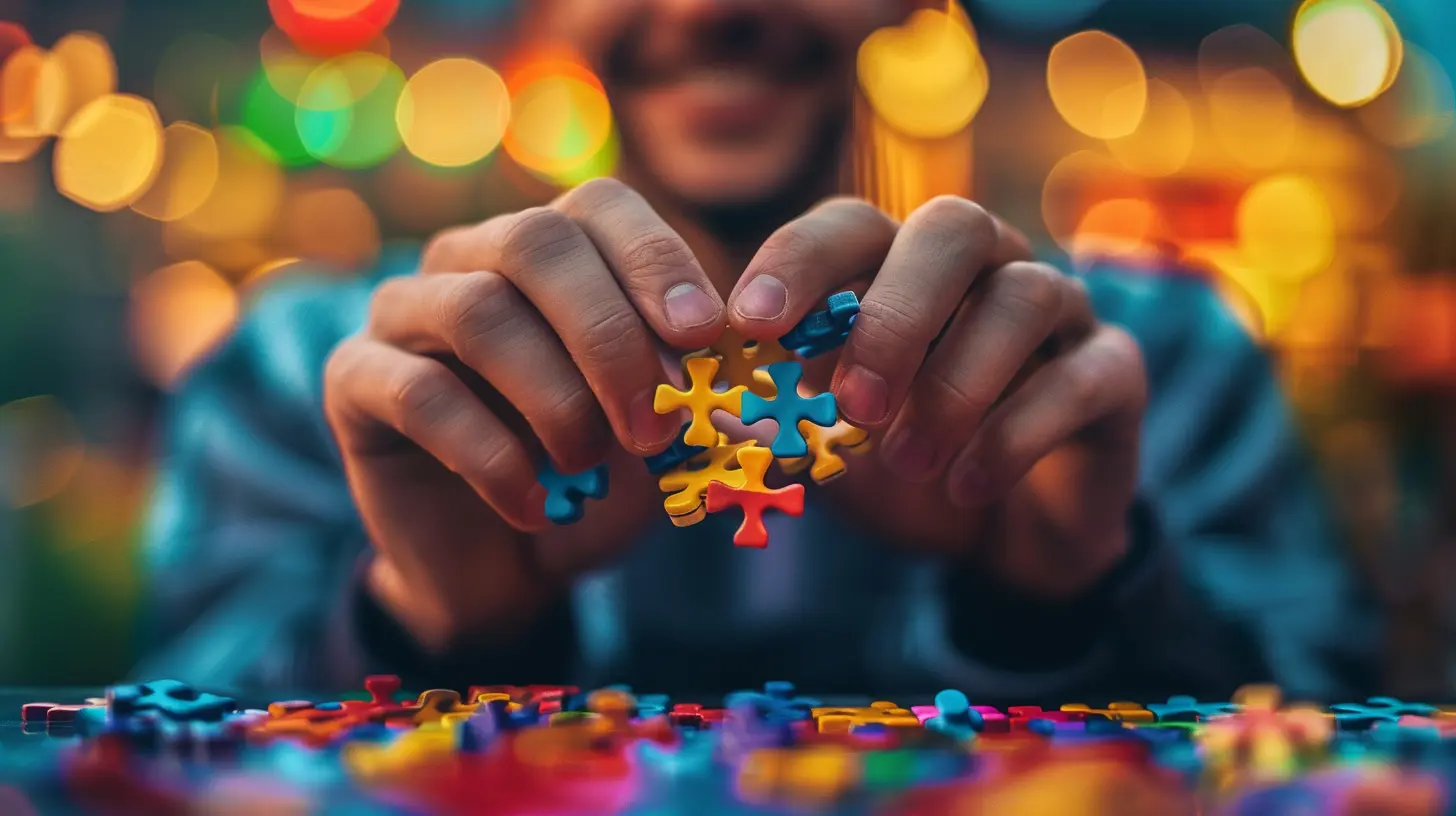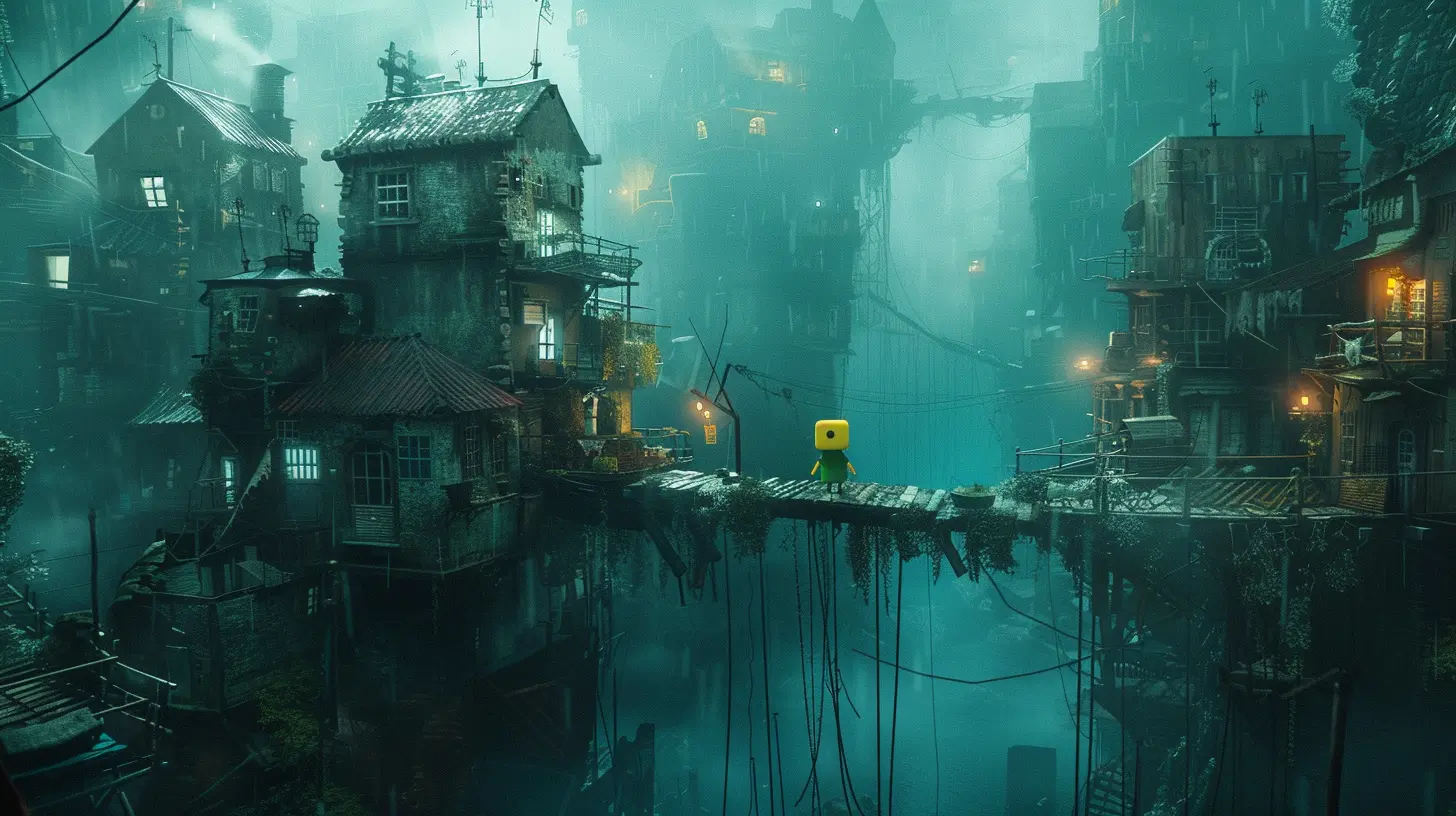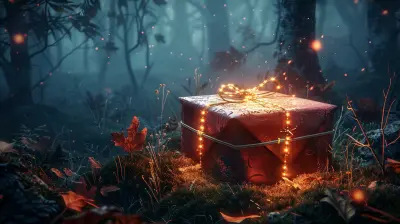How Puzzle-Solving Became Essential to Single Player Games
29 October 2025
Have you ever found yourself completely stuck in the middle of a game—not because you're low on health or ammo, but because you're staring at a locked door, a strange pattern on the floor, or a cryptic note scrawled in ancient text? Yep, the classic in-game puzzle! Love them or hate them, puzzles have become an essential pillar of single-player games. But how did this happen? And more importantly, why do we keep coming back for more?
In this article, we're going to unravel the fascinating story of how puzzle-solving made its way into the heart of single-player gaming. From early text adventures to modern open-world epics, puzzles have evolved massively—and their role has never been more important. So, grab a health potion and your thinking cap. Let’s dive in.
The Early Days: When Games Were Nothing But Puzzles
Before we had massive 3D worlds and realistic graphics, video games started out as something much simpler—and guess what? Puzzles were often the whole point.Text Adventures and Infocom Classics
Back in the ‘70s and ‘80s, many early games were purely text-based. Think of titles like Zork or Colossal Cave Adventure. They didn't rely on fast reflexes or flashy visuals. Instead, these games challenged your brain. You had to read a description of a room, type out your actions, and think carefully about how to move forward. The goal? Solve the puzzle. That’s what made the game.This kind of gameplay wasn’t just a necessity due to technological limits—it became a feature. It made you feel clever, like you'd just cracked a tough crossword or solved a riddle in the middle of a fantasy novel.
Point-and-Click Puzzlers
As graphics improved, games like Myst, Monkey Island, and King’s Quest came onto the scene. These games were built almost entirely around puzzle-solving. There were characters and worlds, sure, but the core gameplay loop was always about figuring something out.You didn’t need lightning-fast reflexes. You needed logic, curiosity, and a bit of patience.
Why Puzzle-Solving Works So Well
Curious why puzzles keep showing up in single-player games, even in genres where you wouldn’t expect them? It’s not an accident. Puzzle mechanics check some pretty important boxes in game design.1. They Slow the Pace (In a Good Way)
Imagine hacking and slashing through enemies for three hours straight. It’d get old fast, right? Puzzles act like palate cleansers. They force you to stop, observe, and think. In an action-heavy game, this is gold. It gives players a break without taking them out of the story or world.2. They Stretch the Brain
Let's be real: we like feeling smart. Solving a tough puzzle rewards the brain with a little hit of dopamine. It’s like scratching an itch you couldn’t quite reach. That sensation of “Aha!” is addictive, and game designers know it.3. They Make the World Feel Real
Here’s the thing—puzzles aren’t just obstacles. Done well, they contribute to world-building. A temple with rotating pillars and cryptic symbols feels ancient and mysterious. A hacker’s hideout with digital codes and firewalls makes you feel like a cyber-sleuth. Puzzles can tell a story all by themselves.4. They Encourage Exploration
A hidden lever behind a bookshelf. A pressure plate disguised as a tile. Games often reward puzzle-solving with secrets and loot. This naturally encourages players to poke around and experiment, which deepens engagement.
The Evolution of Puzzle Mechanics in Single Player Games
Let’s take a walk through time and see how puzzle elements have evolved across gaming generations. Spoiler: they’ve gotten way more creative, and way more integrated.The Zelda Formula
You can’t talk about in-game puzzles without mentioning The Legend of Zelda series. Since the very first installment, puzzles have been baked into every dungeon. Whether it’s lighting torches in a certain order or pushing blocks onto pressure pads, Zelda games made puzzles feel like integral parts of the world—not just minigames.It’s not just about solving a problem. It’s about using your tools, your wits, and the game’s logic. And it works beautifully.
RPGs and Strategy Titles Get in on the Fun
Role-playing games (RPGs) and turn-based strategy titles gradually started integrating puzzle elements too. Final Fantasy, for instance, has had its fair share of puzzles hidden in dungeons. Often, solving these puzzles meant unlocking optional storylines or rare items.Why? Because the combination of narrative-driven gameplay and brain-teasers kept players immersed and rewarded curiosity.
Survival Horror: Using Puzzles for Tension
One genre that surprisingly embraced puzzles is survival horror. Games like Resident Evil, Silent Hill, and even Dead Space used puzzles to break up intense sections of combat and amplify tension.You're low on ammo. There’s something growling down the hallway. And now the only door forward needs a code you haven’t found yet. That’s a whole layer of stress added—not just fear of the monster, but fear of being stuck. It’s genius.
Narrative-Driven Indies and Puzzle Integration
Jump to more recent years, and you’ll see puzzle mechanics woven deeply into narrative-driven indie games. Inside, Limbo, The Witness, and Portal all center around puzzles—but they never feel like old-school brain teasers. They’re organic, often wordless, and totally embedded into the storytelling."Portal", in particular, is a masterclass in puzzle integration. It teaches you the rules of the world as you solve puzzles, and the story unfolds as a direct result of what you’re learning. That’s puzzle gaming at its absolute peak.
Puzzles as Emotional and Storytelling Tools
Wait, what? Puzzles… emotional? Absolutely. Some games use puzzles to mess with your expectations, challenge your biases, or make you feel emotionally connected to the characters.Games That Make You Feel
Take Brothers: A Tale of Two Sons. You control two characters at once—one with each thumbstick. It starts a bit awkward but becomes second nature. Near the climax, the game forces you into a situation where you only have one brother. Suddenly, all the puzzles become harder—emotionally and mechanically. That’s storytelling through gameplay, and it hits hard.Environmental Storytelling
Then there’s environmental storytelling—where solving puzzles helps you piece together what happened, rather than being told outright.Games like Outer Wilds use this brilliantly. The whole game is basically a giant puzzle box waiting to be solved, with the narrative folded inside. The more you understand the world, the more it tells you about itself.
The Psychology of Puzzle-Solving in Games
There’s some science behind why puzzles feel so satisfying. When you solve a challenge using logic and observation, your brain lights up like a Christmas tree.It has to do with something called the “Zeigarnik Effect” — our brains hate unfinished business. When we’re stuck on a puzzle, it lingers in the background. And when we finally crack it? Boom. Relief, satisfaction, pride—it’s all there in one emotional cocktail.
That's why games like The Talos Principle or Baba Is You can be so rewarding. They don't just test your brain—they feed it.
When Puzzles Go Wrong
Of course, not all puzzles are great. Some are poorly designed. Some break game flow. Some rely on moon logic (why would a toaster open a secret door?). A badly implemented puzzle can turn a great game into a frustrating mess.The key is balance. When puzzles are too easy, they feel pointless. When they’re too hard or out of context, they break immersion. The sweet spot is where they feel like a natural part of the game world—tough but fair, challenging but fun.
The Future of Puzzle-Solving in Single Player Games
Looking ahead, it’s clear that puzzles aren’t going anywhere. In fact, with technologies like VR and increased AI interactivity, puzzles in games will likely become more immersive and personalized.Imagine solving a physical puzzle using your hands in VR. Or an AI-driven mystery game that adapts its clues based on your thinking style. The possibilities are endless, and exciting.
Final Thoughts
So, how did puzzle-solving become essential to single player games? Because it checks all the boxes. It makes us feel engaged, smart, curious, and involved. Whether you’re deciphering ancient ruins, hacking a spaceship, or rearranging blocks in a digital playground, puzzles make gameplay richer.They slow us down just enough to notice the details. They make us think, feel, and connect. And sometimes, they even tell a better story than words ever could.
So next time you’re staring at a locked door or a strange symbol in a game, don't groan—lean in. You’re about to become part of what makes single-player games so uniquely brilliant. And who knows? You just might solve something bigger than you expected.
all images in this post were generated using AI tools
Category:
Single Player GamesAuthor:

Leandro Banks
Discussion
rate this article
1 comments
Violet McGonagle
“Who knew solving riddles would become the ultimate sidekick for lonely heroes? It’s like a brain workout without the sweat—just pure pixelated zen!”
November 1, 2025 at 6:03 AM

Leandro Banks
Glad you enjoyed the article! Riddles really do add a unique layer of engagement for players, making solitary adventures feel more fulfilling!


